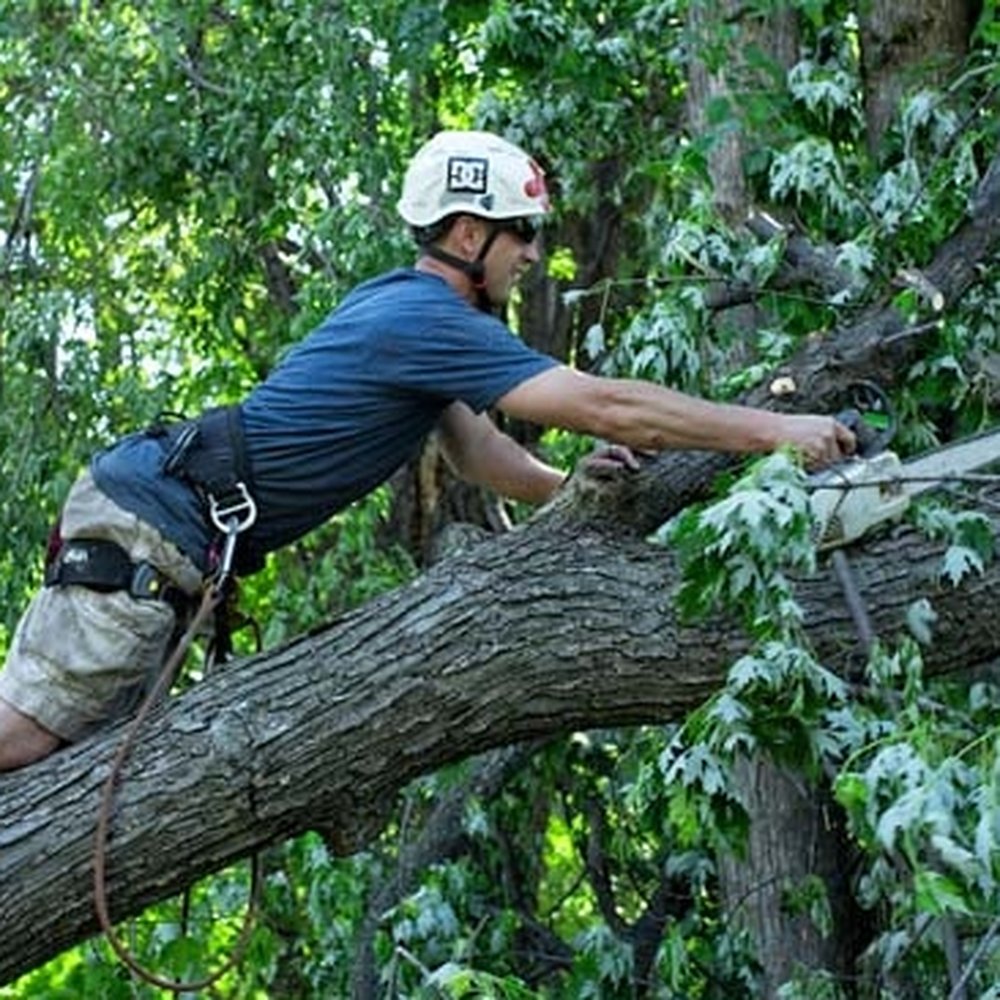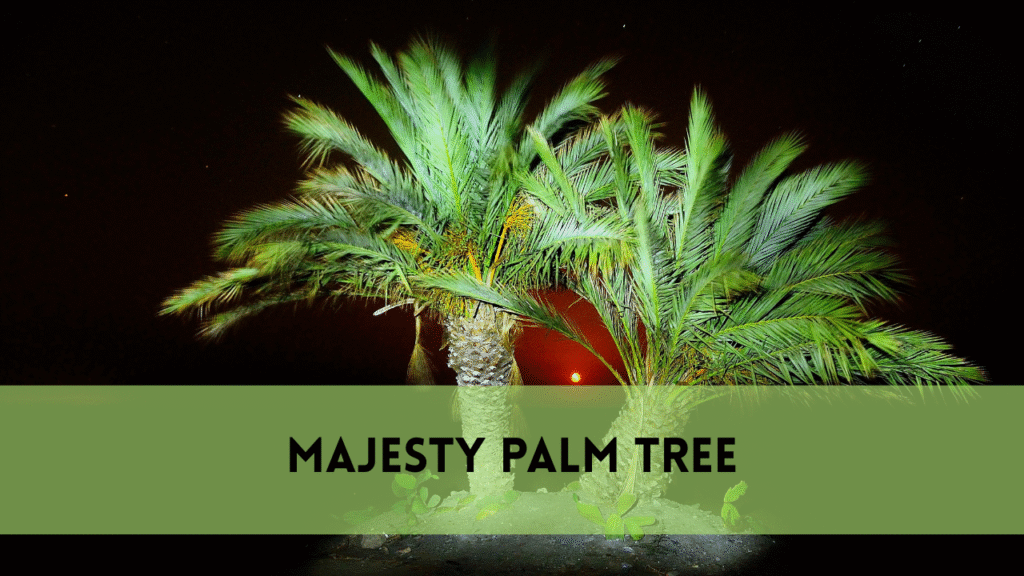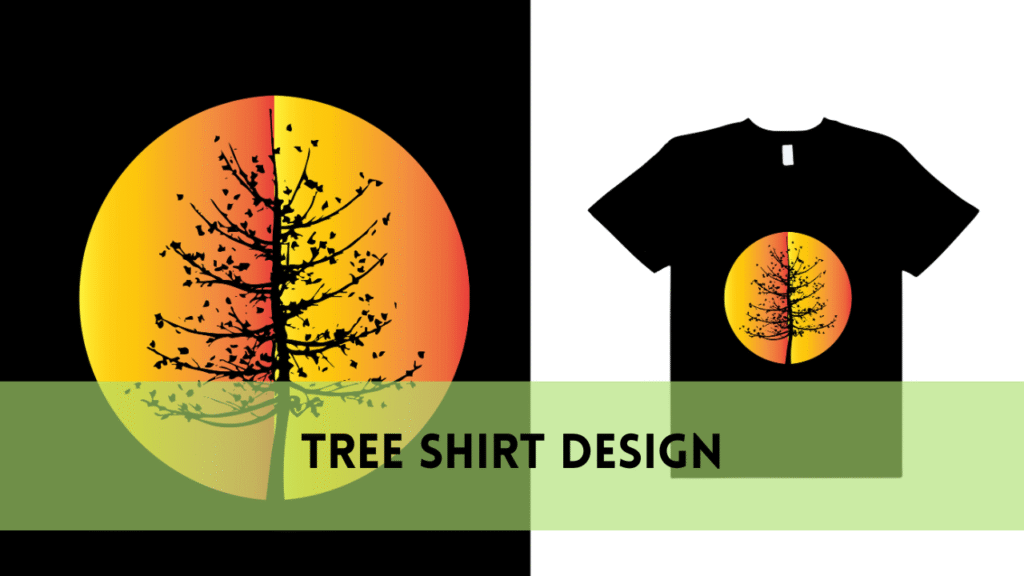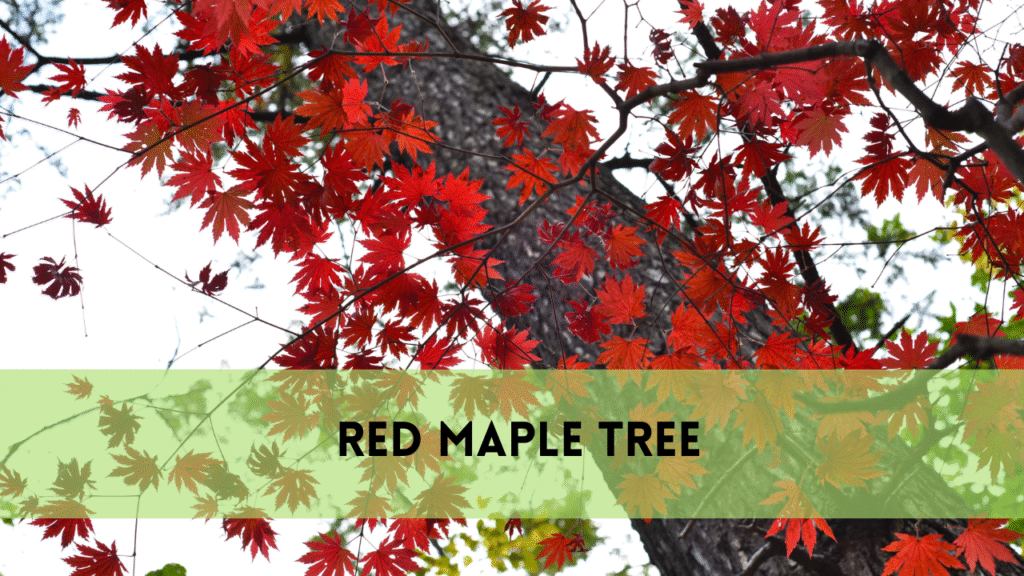Shrub trimming service
Shrub pruning is an important part of landscaping and garden upkeep since it improves the overall appearance and health of outdoor spaces. Professional shrub trimming services specialize in shaping, pruning, and managing shrubs to ensure their health and beauty in residential and commercial settings.
Benefits of Professional Shrub Trimming Services
Shrub pruning has several benefits for plant health and vitality, as well as the general appeal of outdoor settings, that go beyond simply aesthetics:
1. Improves Plant Health
Trimming dead, diseased, or overgrown branches allows for improved air circulation and sunshine exposure. This encourages healthy development and decreases the chance of insect infestations and illnesses, both of which contribute to shrub longevity.
2. Improves Aesthetics
Trimming shrubs improves the visual attractiveness of landscapes by keeping them well-groomed and trimmed. Shrubs that are properly formed complement the entire design, resulting in a polished and appealing outdoor setting.
3. Promotes Flowering and Fruiting
Pruning at the correct time enhances blooming and fruit output in many shrub species. Trimming helps direct the plant’s energy into the production of flowers and fruits, resulting in a more lively and fruitful garden.
4. Manages size and shape
Professional shrub trimming services apply professional procedures to regulate the growth and form of bushes. This ensures that they blend in with the landscape design, eliminating overgrowth that might hinder walkways or structures.
Techniques Used in Shrub Trimming
1. Precise Pruning
Professional trimmers employ precise cuts to remove dead or broken branches while shaping bushes to keep their natural appearance. This strategy reduces stress on the plant and promotes healthy development.
2. Seasonal Timing
Shrub pruning requires precise timing. Different species require pruning at different periods of the year to achieve maximum development and flowering. Professionals understand the seasonal needs of diverse bushes.
3. Tools and Equipment
Expert shrub trimmers use specialized instruments such as hand pruners, hedge trimmers, and shears to create clean and accurate cuts. Proper equipment provides efficient and successful pruning without causing plant harm.
4. Cleanup and Disposal
After trimming, professional services assure thorough cleanup and disposal of cuttings, leaving the landscape beautiful and tidy. They also make advice for continuing upkeep and care to keep the plants healthy.
Shrub Trimming Service
Choosing the Right Shrub Trimming Service
After trimming, professional services assure thorough cleanup and disposal of cuttings, leaving the landscape beautiful and tidy. They also make advice for continuing upkeep and care to keep the plants healthy.
Expertise and Experience
Look for a trimming firm that has an established track record and considerable knowledge with various types of shrubs and gardens. Experienced personnel are well-versed in the needs of various species and understand the complexities of suitable trimming procedures.
Reputation and Feedback
Investigate the company’s reputation by reading reviews and comments from prior customers. Online platforms and social media frequently offer client comments, which may provide insights into service quality, dependability, and customer satisfaction levels.
Certification and Licensing
Check that the trimming service has the proper permits and certificates required by local authorities. This ensures that they meet industry standards and have the knowledge to do the work safely and successfully.
Specific Services Provided
Examine the trimming company’s service offerings. They should offer full services like as trimming, shaping, dead branch removal, cleanup, and trash disposal. Tailored services that respond to the demands of your specific shrub species are recommended.
Knowledge of Shrub Species
A skilled trimming service is aware of the specific needs of various shrub species. To guarantee correct care and maintenance, they should be educated about seasonal demands, growth patterns, and best pruning procedures for various varieties of shrubs.
Communication with customers and transparency
Choose a provider that keeps open lines of contact with clients. They should be open and honest about price, processes, and any potential extra fees. A corporation that values customer pleasure and responds to inquiries quickly is great.
Factors Influencing Shrub Trimming Cost
Shrub Size and Quantity: Larger shrubs or a higher number of shrubs on the property may require more time and effort to trim, thereby affecting the overall cost.
Complexity of the Job: The complexity of the trimming job, such as intricate shaping or the presence of dense foliage, can increase the labor and time required, thus impacting the cost.
Frequency of Trimming: Regularly scheduled maintenance typically incurs lower costs compared to neglected shrubs requiring extensive trimming to restore their health and shape.
Accessibility and Location: Difficult-to-reach shrubs or those located in challenging terrain might require specialized equipment or additional effort, influencing the service cost.
Specific Services Needed: Different services, such as basic pruning, shaping, or extensive rejuvenation, come with varying price points based on the specific needs of the shrubs.
Environmental Impact of Shrub Trimming
Positive impact
Promotes Plant Health: Proper trimming contributes to the overall health of shrubs, reducing the risk of disease and pest infestation, which in turn benefits the surrounding ecosystem.
Encourages Growth: Strategic pruning encourages new growth, resulting in a healthier, more robust shrubbery that can offer shelter and food for wildlife.
Negative Environmental Impact:
Trash Generation: Improper pruning disposal can lead to needless trash accumulation, putting strain on local landfills and increasing the carbon footprint.
Environment Disturbance: Excessive pruning or damage to natural habitats throughout the process might harm the surrounding environment and fauna.
FAQS
How often should bushes be trimmed?
Trimming frequency varies by species, but shrubs benefit from yearly or biennial trimming to preserve health and form.
Can poor cutting hurt shrubs?
Yes, over-pruning or inappropriate trimming procedures can cause stress in shrubs, resulting in health problems or diminished development.
When is the best time to prune shrubs?
The ideal time to trim depends on the species. Consultation with a specialist or investigation of species-specific information is advised.
Do various cutting methods apply to shrubs?
Yes, various shrub species may need different pruning strategies to guarantee maximum health and development.
Do various cutting methods apply to shrubs?
Yes, various shrub species may need different pruning strategies to guarantee maximum health and development.
Conclusion
Finally, shrub pruning services are critical to the maintenance of healthy, visually pleasing landscapes. Professional pruning not only improves the appearance of shrubs but also supports their general health and vitality, resulting in a healthy outdoor environment.By employing skilled techniques, understanding seasonal requirements, and emphasizing plant health, these services ensure that shrubs not only look attractive but also grow robustly. Trimming dead or overgrown branches, encouraging blooming and fruiting, and shaping shrubs to compliment the landscape design are all benefits of trimming.




